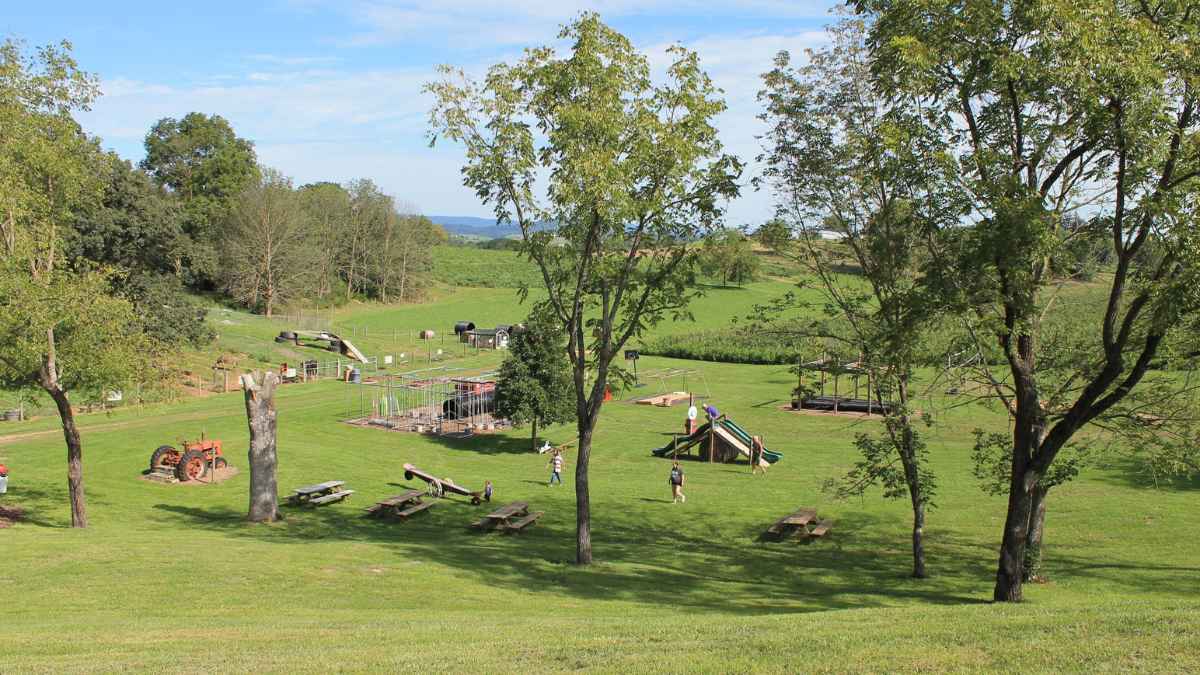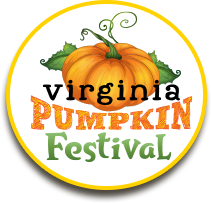
Harrisonburg, Virginia, nestled in the heart of the Shenandoah Valley, offers a variety of engaging and educational activities perfect for children and families. Here are three must-visit attractions that promise kids fun, learning, and memorable summer experiences.
Located on 240 acres of beautiful farmland in Rockingham County, Back Home on the Farm is a haven for children and families seeking a taste of country life. This sprawling farm features 40 attractions, delightful playgrounds, and butterflies. Kids can enjoy a scoop of delicious ice cream while exploring the farm or browsing the country store filled with toys and yummy goodies. *Farm animals are available to visit depending on the weather.
Highlights:
- Farm Animals: Children can interact with friendly farm animals, providing a hands-on experience with nature.
- Butterfly House: A magical spot where kids can witness the life cycle of butterflies up close.
- Country Store: Packed with unique toys and local treats, perfect for souvenirs or a sweet snack.
The Explore More Discovery Museum is an interactive gem designed to captivate the imaginations of children and their families. Voted “Best Museum and Best Kid-Friendly Venue of the Valley”, this award-winning museum offers a plethora of hands-on exhibits and educational programs.
Highlights:
- Interactive Exhibits: Each exhibit is crafted to be educational and fun, encouraging kids to learn through play.
- Family Programs: The museum hosts various programs that cater to different age groups, ensuring an engaging experience for all.
- Special Events: Keep an eye out for special summer events and workshops that add excitement to your visit.
The Frontier Culture Museum is the largest open-air living history museum in the Shenandoah Valley and one of Virginia’s top family-friendly attractions. It brings history to life with costumed interpreters and interactive exhibits that showcase the customs and daily lives of Native American tribes, early European settlers, and enslaved Africans.
Highlights:
- Historical Interpreters: Meet blacksmiths, woodworkers, tailors, and yarn spinners who demonstrate traditional crafts and skills.
- Interactive Exhibits: Learn how early settlers cooked, worked the land, and lived day-to-day in the New World.
- Cultural Education: Discover the rich history and diverse cultures that shaped the Shenandoah Valley and early America.
Grab the kids and prepare for a summer adventure in Harrisonburg, Virginia!
Visit our blog for more travel tips along with recipes and gardening tips!





